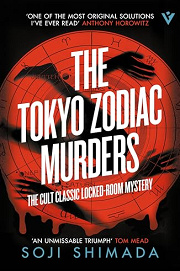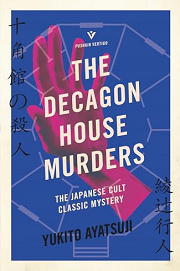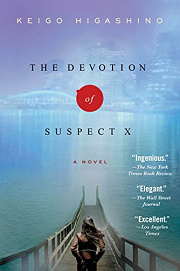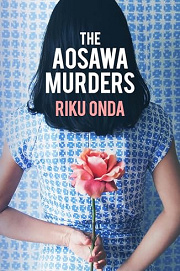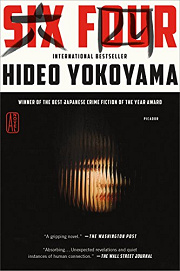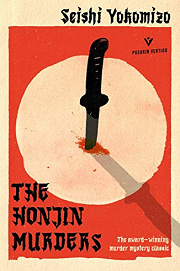Share your thoughts in a quick Shelf Talk!
The Tokyo Zodiac Murders by Soji Shimada
A decades-old massacre, a mad genius’s astrological manifesto, and a puzzle that defies reason—only pure logic can crack it. Ingenious and eerily precise, The Tokyo Zodiac Murders invites you to outthink the impossible.
Have you read this book? Share what you liked (or didn’t), and we’ll use your answers to recommend your next favorite read!
Love The Tokyo Zodiac Murders but not sure what to read next?
These picks are popular with readers who enjoyed this book. Complete a quick Shelf Talk to get recommendations made just for you! Warning: possible spoilers for The Tokyo Zodiac Murders below.
In The Tokyo Zodiac Murders, did you enjoy ...
... the meticulous, fair-play puzzle with maps, timelines, and clue-by-clue solvability?
The Decagon House Murders by Yukito Ayatsuji
If the way Kiyoshi Mitarai decodes Heikichi Umezawa’s so-called “Azoth” plan—and how the studio’s sealed-room puzzle and nationwide alibis all resolve into a perfectly logical solution—made you grin, you’ll love the pure puzzle-box of The Decagon House Murders. Like the family charts and police documents in The Tokyo Zodiac Murders, Ayatsuji lays out floor plans, suspect lists, and timed movements on a secluded island, daring you to solve the killings before the final reveal.
... the jaw-dropping final reveal that recontextualizes every clue?
The Devotion of Suspect X by Keigo Higashino
That late-game turn in The Tokyo Zodiac Murders—when the dismemberments, the astrologer’s letter, and the decades-old cold case click into a single, shocking answer—has a spiritual cousin in The Devotion of Suspect X. As in Shimada’s novel, every tiny detail you took for granted is weaponized; when the truth lands, you’ll rethink earlier scenes the way you likely re-read Umezawa’s testament and the 1936/1979 timelines after Mitarai’s solution.
... the use of letters, testimonies, and documents to reconstruct a crime?
The Aosawa Murders by Riku Onda
If the embedded artifacts in The Tokyo Zodiac Murders—Umezawa’s written “confession,” police reports, and clippings—hooked you, The Aosawa Murders takes that dossier feel even deeper. Through interviews, memoir excerpts, and transcripts revisiting a long-ago mass poisoning, Onda builds the same archival texture you enjoyed when piecing through the Zodiac case materials alongside Kazumi Ishioka and Mitarai.
... the past-and-present cold-case structure that bounces across decades?
Six Four by Hideo Yokoyama
The way The Tokyo Zodiac Murders toggles between 1936 and 1979—filtering the crimes through time and fresh eyes—finds an echo in Six Four. As with the Zodiac cold case, a historic 1989 kidnapping ripples into the present, and shifting timelines slowly surface buried truths. You’ll get that same slow tightening as new documents, old statements, and official stonewalling align into a devastating picture.
... a clear, driving objective to crack an “impossible” murder?
The Honjin Murders by Seishi Yokomizo
If you were propelled by Mitarai’s single-minded push to crack the sealed studio, the scattered-body conundrum, and the alibi knots, The Honjin Murders offers another ruthlessly goal-focused challenge. From the moment a newlywed couple is found slain in a locked room, the narrative barrels toward the how-and-who with the same crisp momentum you felt as the Zodiac investigation zeroed in on the mechanics behind Azoth.
Unlock your personalized book recommendations! Just take a quick Shelf Talk for The Tokyo Zodiac Murders by Soji Shimada. It’s only a few questions and takes less than a minute.
